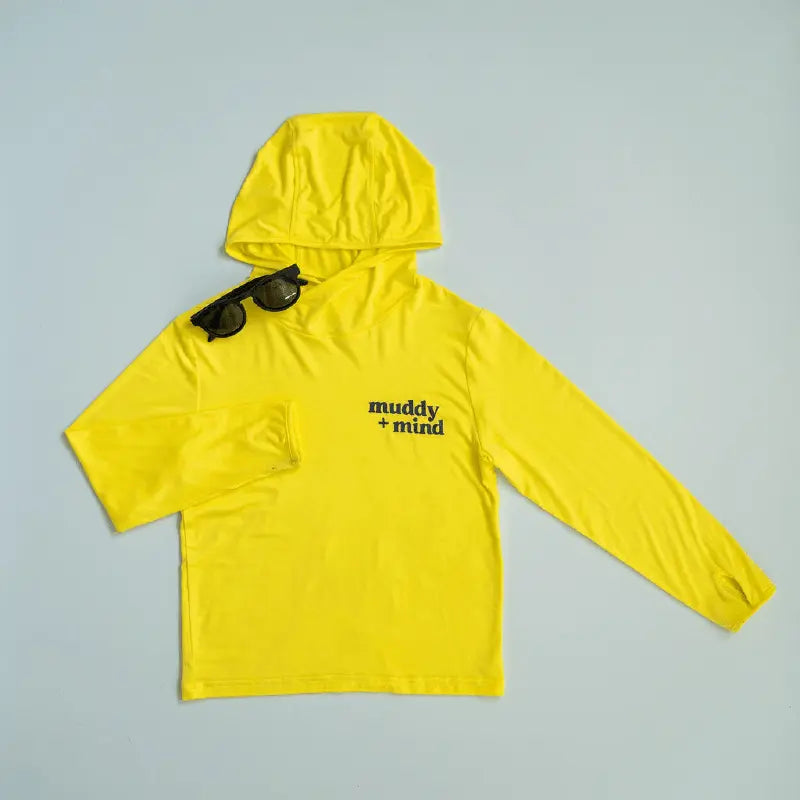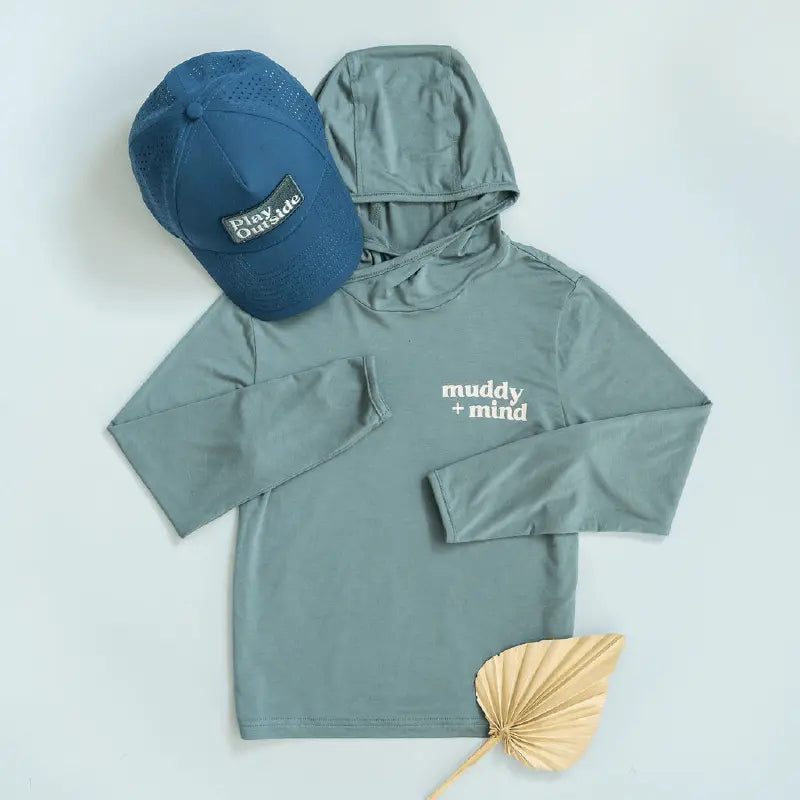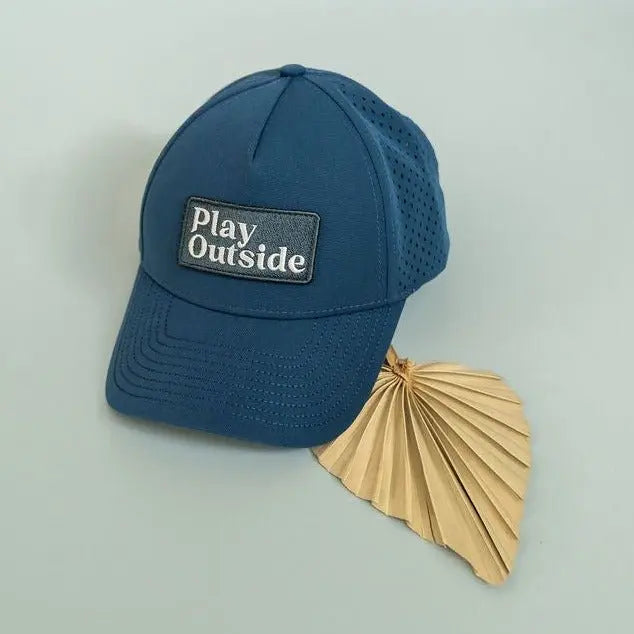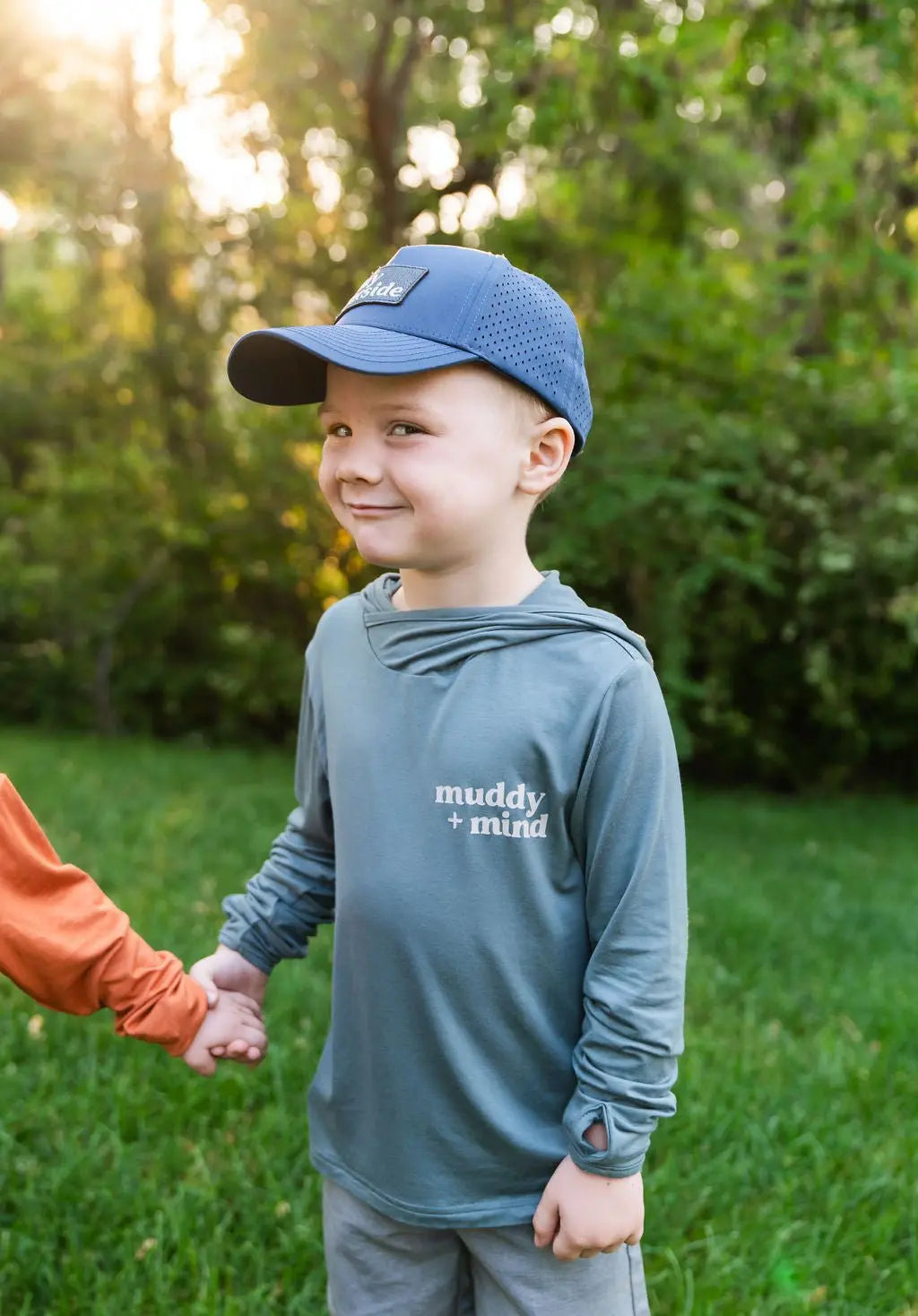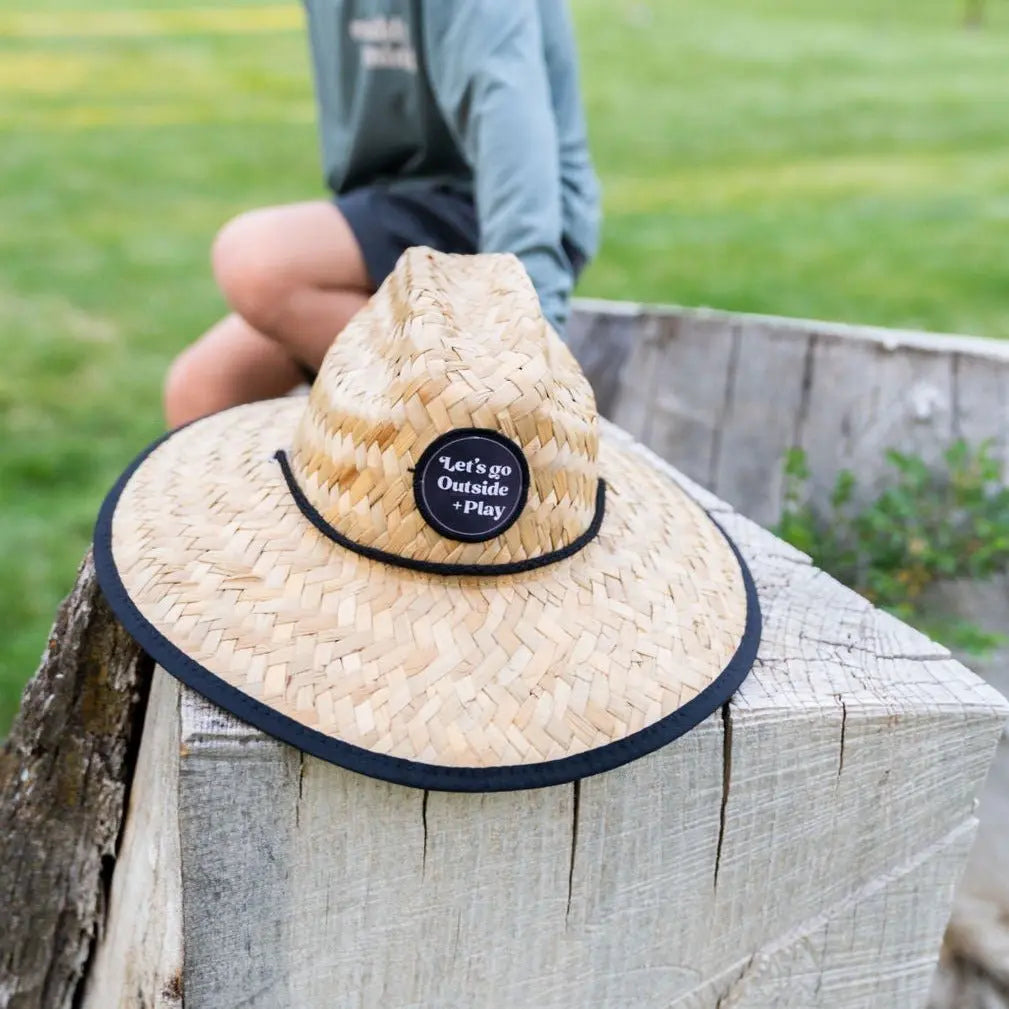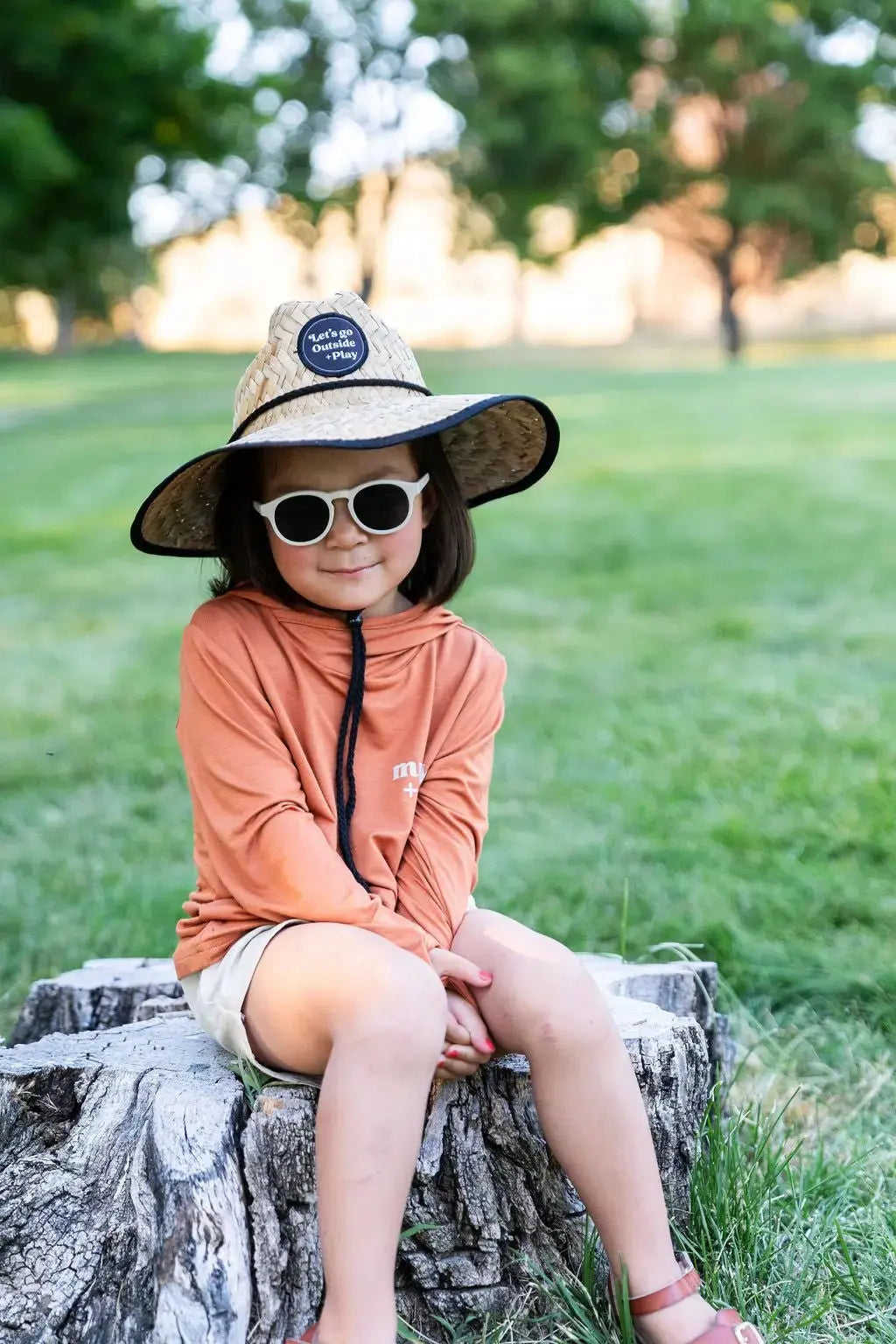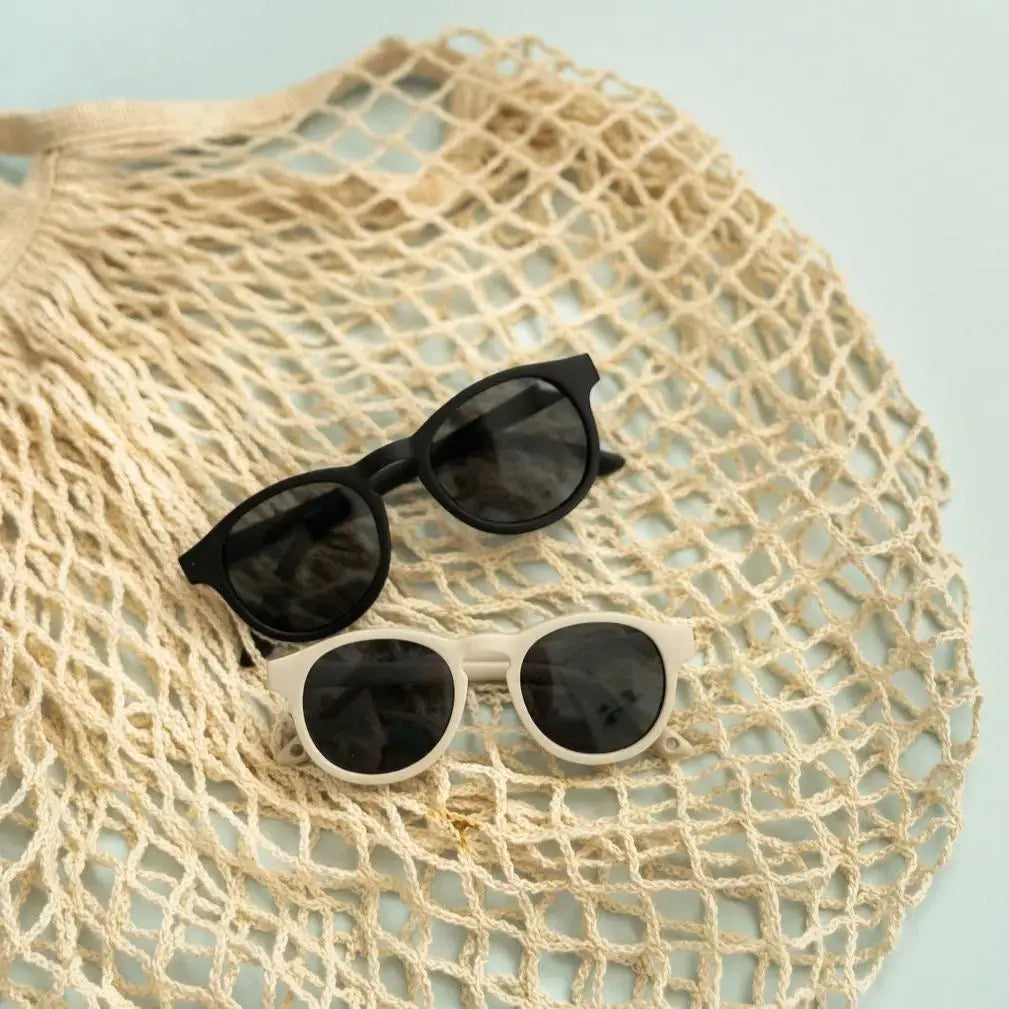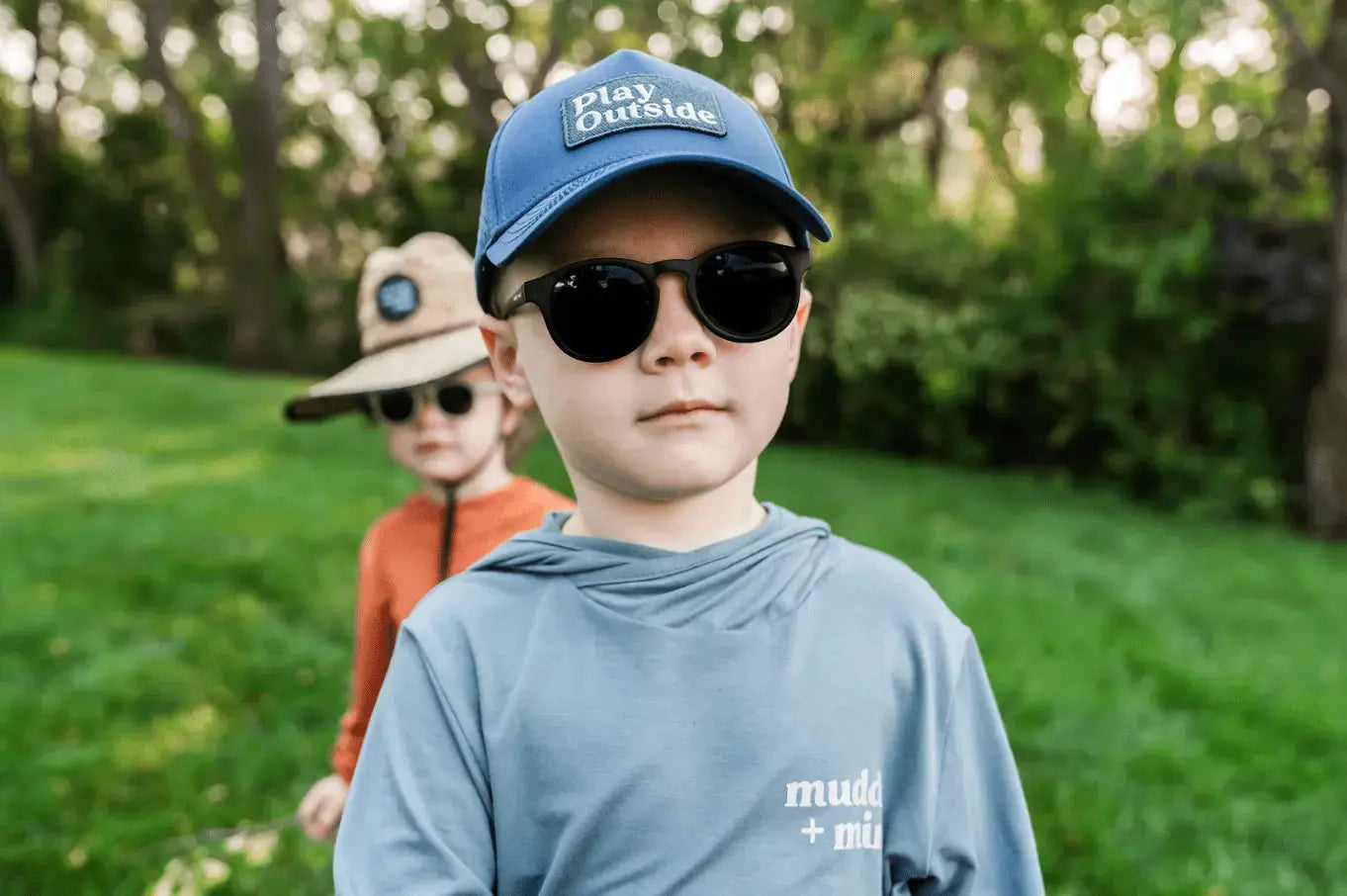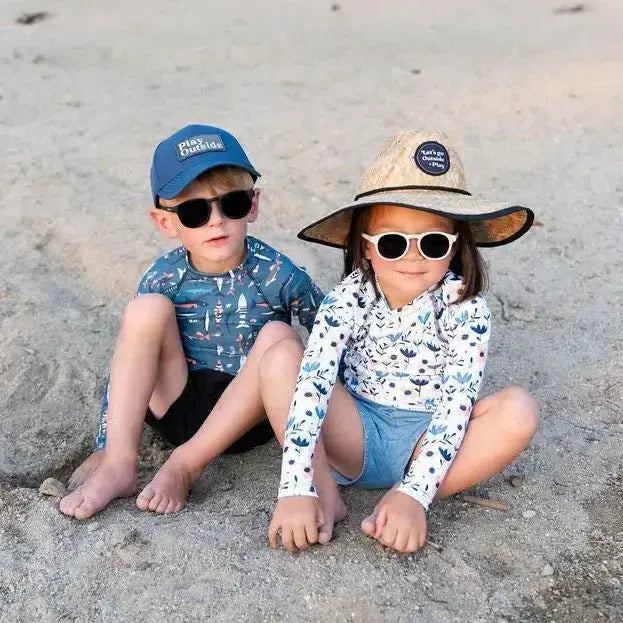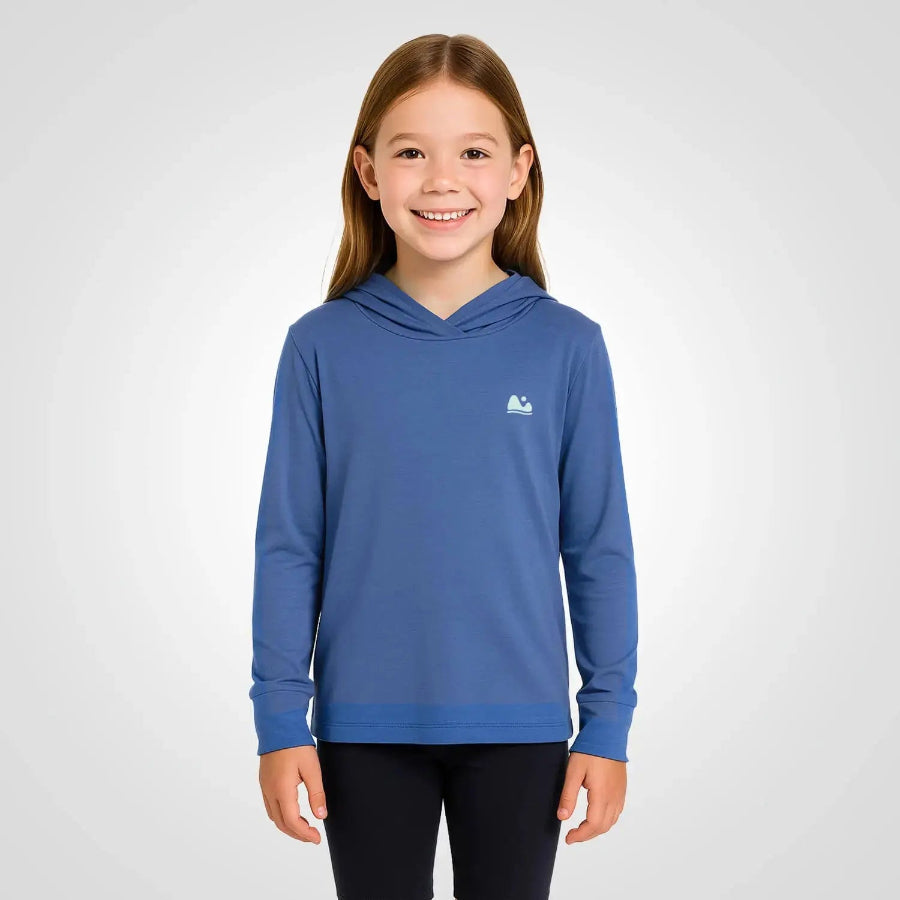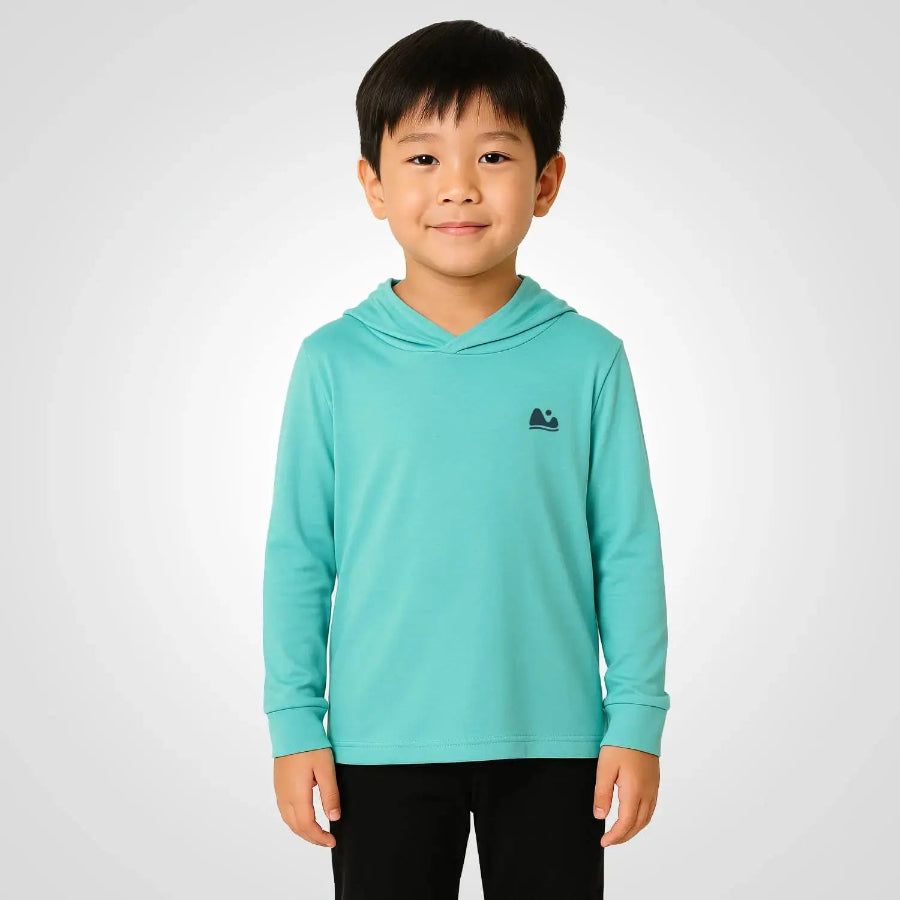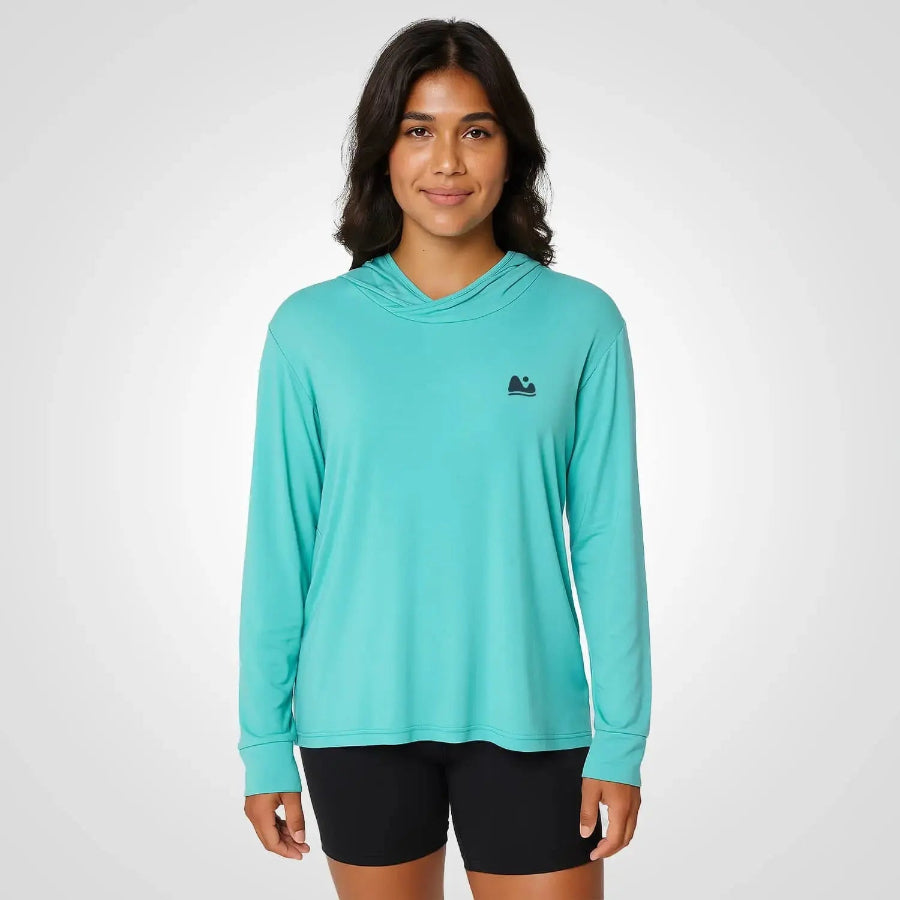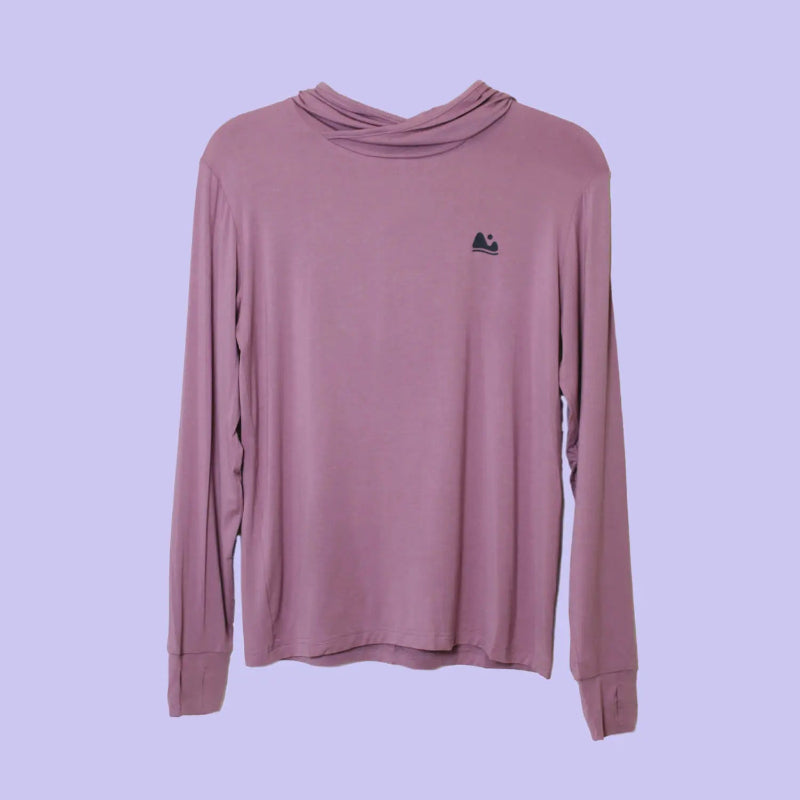Up to 30% off on ONE shirts and Rash guards when you get one for you and one for your little one to match. Automatically applies at checkout.

DIY Nature Scavenger Hunts for Different Age Groups
DIY Nature Scavenger Hunts for Different Age Groups
The first time I handed my toddler a nature scavenger hunt list, he crumpled it in his fist and asked for a snack.
The second time, I gave him a bucket and said, “Can you find something round?” He took off like a mini explorer.
Turns out, the secret isn’t making a list, it’s making it accessible. Over the years, I’ve learned how to tailor scavenger hunts for different ages, attention spans, and sensory styles, and they’ve become one of our go-to ways to slow down and reconnect with nature.
The best part? You can do it anywhere, your backyard, a campground, even a neighborhood walk.
Why Scavenger Hunts Work
Nature scavenger hunts combine movement, observation, curiosity, and play. They help kids:
- Pay attention to details in the natural world
- Build vocabulary and confidence outdoors
- Get moving without pressure to "hike" or "explore"
- Stay engaged on walks, picnics, or slow mornings outside
They’re also a perfect reset on overstimulating days, and an easy win when you don’t have time to plan a big outing.
Tips for Making Your Hunt a Success
- Use containers instead of paper for younger kids (like an egg carton or bucket)
- Set a time limit or clear start and end spots for structure
- Mix sensory prompts (something soft, something that smells good, something rough)
- Offer a reward. A sticker, a high five, or a storytime under a tree
- Keep it open-ended for sensory-sensitive or cautious kids
And as always, dress for adventure. We usually wear our bamboo sun shirts for full sun coverage and flexibility without sunscreen meltdowns.
Age-by-Age Nature Hunt Ideas
Toddlers (Ages 2–3)
Toddlers aren’t reading lists, and they don’t need to find 20 things. Stick with:
- Find something green
- Find something round
- Find a rock, a stick, or a leaf
- Can you touch something rough?
- Can you hear a bird?
Pro tip: bring an empty egg carton and label each cup with a color. Let them collect matching natural treasures.
Preschoolers (Ages 4–5)
At this age, kids can follow simple visual lists and love being given “missions.”
Ideas:
- Find something that smells good
- Find two of the same thing
- Find something smaller than your hand
- Match an item to a color card (make your own!)
- Find something a bug might live under
You can use a visual checklist with pictures, or give one item at a time as a “challenge.”
Early Elementary (Ages 6–8)
These kids are ready for short written lists or category-based tasks.
Try:
- Something living, something non-living
- Something wet, something dry
- Something that flies, something that crawls
- A leaf with jagged edges
- A flower with more than 4 petals
Add optional challenges like drawing what they found or explaining where they found it.
Want to level it up? Ask them to create a hunt for you.
Printable Hunt Kit
Here is a free printable nature scavenger hunt pack for every age:
For Toddlers (Ages 2–3):
- ■ Find something green
- ■ Find something round
- ■ Find a stick
- ■ Find a rock
- ■ Touch something rough
- ■ Hear a bird
For Preschoolers (Ages 4–5):
- ■ Find something that smells good
- ■ Find two of the same thing
- ■ Find something smaller than your hand
- ■ Match an item to a color
- ■ Find something a bug might live under
For Early Elementary (Ages 6–8):
- ■ Find something living
- ■ Find something non-living
- ■ Find something wet
- ■ Find something dry
- ■ A leaf with jagged edges
- ■ A flower with more than 4 petals
Nature Doesn’t Need to Be Big to Be Meaningful
You don’t have to drive to the mountains to make outdoor play feel special. You just need time, attention, and a few good questions.
Every stick, every sound, every slightly soggy leaf is a chance for your child to build a connection with nature, and with you.
And you never know what they’ll find when they slow down and really look.
Love,
Adriana
Founder of Play Outside

